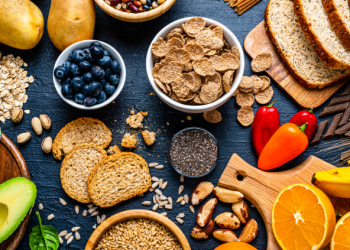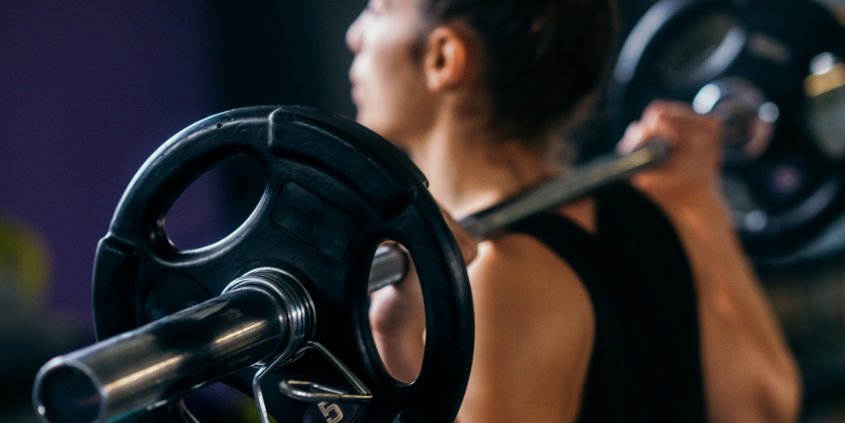Laughter: Your New Prescription

When was the last time you laughed? Do you remember the way it made you feel? Many people note that laughter can heal the soul, but what about other aspects of our health? From boosting your mood to enhancing social connectedness, laughter is one of nature’s feel-good remedies, and it has a positive clinical relevance in the treatment of mental, physical, and physiological conditions.
Recent reviews of randomized-controlled trials report reduced levels of stress, anxiety, depression, and fatigue when patients underwent laughter and humor-based interventions. Certain studies have even found humor to be beneficial in improving people’s ability to focus and remember different aspects of lectures, conversations, etc. Furthermore, the opportunity to share a laugh with other people helps to build stronger bonds and deeper connections, fostering a greater sense of belonging and helping crush feelings of social isolation and loneliness.
When our team reflected on how laughter could be used as a tool for a healthy lifestyle, it was agreed that laughter is much more than just a sound. Sometimes even just thinking of a time that you let out a big belly laugh is enough to brighten your mood and ease some of the stress from your body. Seeking opportunities to laugh and engage with others in such a lighthearted fashion may just be the tool many of us should embrace to lead happier and healthier lives. So, we encourage you to take a moment to relive the last moment you left out a laugh and reflect on the different ways it helped you at the time.
“Let laughter be our song. Listen for laughter. Enjoy. Chuckle. Smile. Laugh. Try it sometime, and see for yourself. “
– Dr. Bruce Feldstein, MD, BCC, Head of Gratitude & Reflection Pillar
Sources:
- Stiwi K, Rosendahl J. Efficacy of laughter-inducing interventions in patients with somatic or mental health problems: A systematic review and meta-analysis of randomized-controlled trials. Complement Ther Clin Pract. 2022 May

























